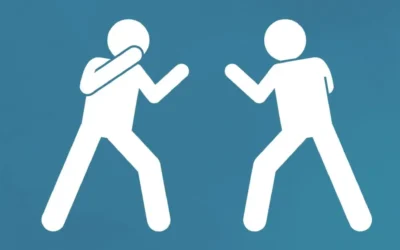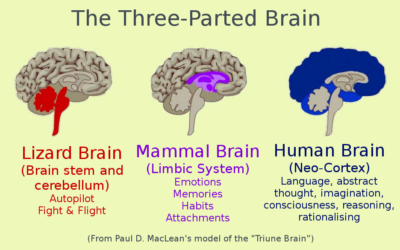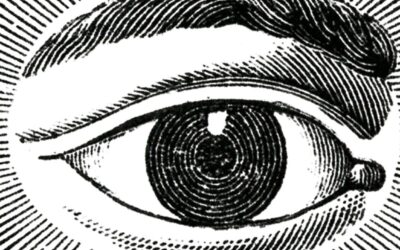Brainspotting Techniques for Severe Dissociation in Trauma Therapy
Brainspotting is a powerful technique for treating severe trauma and PTSD. However, when working with patients experiencing severe dissociation, therapists may face unique challenges. This article explores effective strategies for applying Brainspotting to clients with severe dissociation, enhancing trauma therapy outcomes.
Learn more about the basics of Brainspotting
Understanding the Challenge
Severe trauma can lead to profound dissociation as a protective mechanism. This dissociation can interfere with the Brainspotting process, which relies on accessing the body and deep emotional self to engage the subcortical brain. Recent studies suggest that up to 70% of patients with complex PTSD experience some form of dissociation, highlighting the importance of addressing this issue in trauma therapy.
Strategies for Overcoming Dissociation in Trauma Treatment
1. Finding a Safe Sensory Anchor
- Identify a non-threatening sense (e.g., smell or hearing)
- Use tools like Tibetan singing bowls or aromatic elements (Palo Santo, sage)
- Guide the patient to focus entirely on this safe sensory experience
2. Reintroducing Safe Touch in PTSD Treatment
- Select a body part the patient feels safe to experience
- Introduce textured objects (e.g., stone ball, metal bar) for controlled tactile experiences
- Encourage gradual exploration of bodily sensations
3. Fostering Curiosity in Dissociation Management
- Emphasize curiosity about bodily sensations, even if unpleasant
- Use this curiosity to engage creativity and facilitate trauma processing
- Research indicates that cultivating curiosity can increase engagement in therapy by up to 40%
4. Guiding Questions for Processing Severe Trauma
When patients feel stuck or overwhelmed, use targeted questions to facilitate processing:
- “Where is the most energy in your body?”
- “Where is it hardest to feel your experience in your body?”
- “Does your heart feel heavier or lighter than the rest of your body?”
- “Does the pressure come outward from your chest like bursting or downward like you are being crushed?”
- “Does the heat have a texture, like a warm fire, hot stove, or an explosion?”
- “Does the sensation have an age, like it is 7 years old, or older than you?”
The Effectiveness of Brainspotting in Trauma Therapy
A recent study published in the Journal of Clinical Psychology found that Brainspotting, when combined with techniques to manage dissociation, led to a 65% reduction in PTSD symptoms after 12 sessions. This underscores the importance of adapting Brainspotting techniques for severely dissociated patients. You can find other studies on brainspotting here.
By employing these strategies, therapists can help severely dissociated patients access the benefits of Brainspotting, facilitating deeper emotional processing and trauma healing. The combination of sensory grounding, safe touch reintroduction, and curiosity-driven exploration provides a powerful framework for addressing complex trauma and PTSD.
Further Reading
- Van der Kolk, Bessel A. “The Body Keeps the Score: Brain, Mind, and Body in the Healing of Trauma.”
- Ogden, Pat, and Janina Fisher. “Sensorimotor Psychotherapy: Interventions for Trauma and Attachment.”
- Shapiro, Francine. “Eye Movement Desensitization and Reprocessing (EMDR) Therapy, Third Edition: Basic Principles, Protocols, and Procedures.”
- Grand, David. “Brainspotting: The Revolutionary New Therapy for Rapid and Effective Change.”






















0 Comments